How a Hard Drive Becomes Dead or Damaged: Causes and Recovery Methods
Hard drives remain one of the most common storage devices for personal and professional use. Whether it’s a traditional Hard Disk Drive (HDD) or a modern Solid-State Drive (SSD), these devices are not immune to failure. A “dead” or damaged hard drive can result in the sudden loss of critical files, documents, photos, and business data.
Understanding how hard drives fail and the possible recovery methods can help users make informed decisions when disaster strikes.
Common Causes of Hard Drive Damage
1. Physical Damage
Hard drives, especially HDDs, are delicate devices with moving parts such as platters, read/write heads, and motors. Any physical shock—like dropping the drive, mishandling during transport, or exposure to dust and moisture—can cause serious damage.

-
Examples: Scratched platters, broken actuator arms, or seized spindle motors.
-
Impact: Drive may stop spinning, produce clicking sounds, or become undetectable.
2. Power Surge or Electrical Failure
A sudden power spike or unstable power supply can damage the hard drive’s printed circuit board (PCB). Even SSDs are vulnerable to electrical surges, which may burn out chips or controllers.

-
Examples: Lightning strikes, faulty adapters, or sudden shutdowns.
-
Impact: Drive may fail to power up, show no signs of activity, or get corrupted.
3. Overheating
Hard drives generate heat during operation. Without proper cooling, prolonged exposure to high temperatures can damage components.

-
Examples: Faulty fans, poor ventilation in laptops or desktops, continuous heavy use.
-
Impact: Degraded performance, random crashes, or permanent failure of drive electronics.
4. File System Corruption
Sometimes the physical drive is fine, but the file system becomes corrupted. This could be due to improper shutdowns, interrupted data transfers, or faulty software.

-
Examples: Windows “blue screen” crashes, improper ejection of external drives.
-
Impact: Files become inaccessible, and the system may request formatting before use.
5. Malware or Ransomware Attacks
Malicious software can target hard drives, corrupting data, encrypting files, or overwriting partitions.

-
Examples: Ransomware locking files, boot sector viruses, or destructive malware.
-
Impact: User data becomes encrypted, erased, or unreadable.
Logical vs Physical Hard Drive Damage
Hard drive issues are generally categorized into two broad types:
Logical Damage
Logical damage refers to non-physical issues affecting data accessibility. The drive is mechanically fine but data cannot be accessed due to software-level corruption.
-
Causes: File system corruption, accidental deletion, formatting, malware, or partition errors.
-
Recovery Methods:
-
Success Rate: Usually high, provided data has not been overwritten.
Physical Damage
Physical damage occurs when hardware components of the drive are damaged. This requires specialized intervention.
-
Causes: Head crashes, platter scratches, PCB damage, overheating, or liquid intrusion.
-
Recovery Methods:
-
Cleanroom Recovery: Technicians open drives in a dust-free environment to replace heads, platters, or motors.
-
PCB Replacement: Replacing damaged circuit boards with identical donor parts and firmware adjustments.
-
Chip-off Recovery (for SSDs): Extracting data directly from memory chips.
-
Success Rate: Depends on severity; often complex and costly but can retrieve critical data.
Prevention Tips
While no hard drive is fail-proof, the following precautions can reduce risks:
-
Use surge protectors or UPS to prevent power-related failures.
-
Ensure proper cooling for desktops and servers.
-
Always eject external drives safely.
-
Keep antivirus and anti-malware software updated.
-
Maintain regular backups on secure cloud or secondary drives.
Conclusion
Hard drives may become “dead” or damaged due to a variety of reasons—ranging from physical mishandling and power surges to logical corruption and malware attacks. While logical damages are often recoverable with software tools, physical damages require specialized data recovery laboratories and skilled forensic experts.
The best defense against data loss is prevention and backup, but when failure occurs, professional recovery services are often the only reliable option to retrieve valuable data.


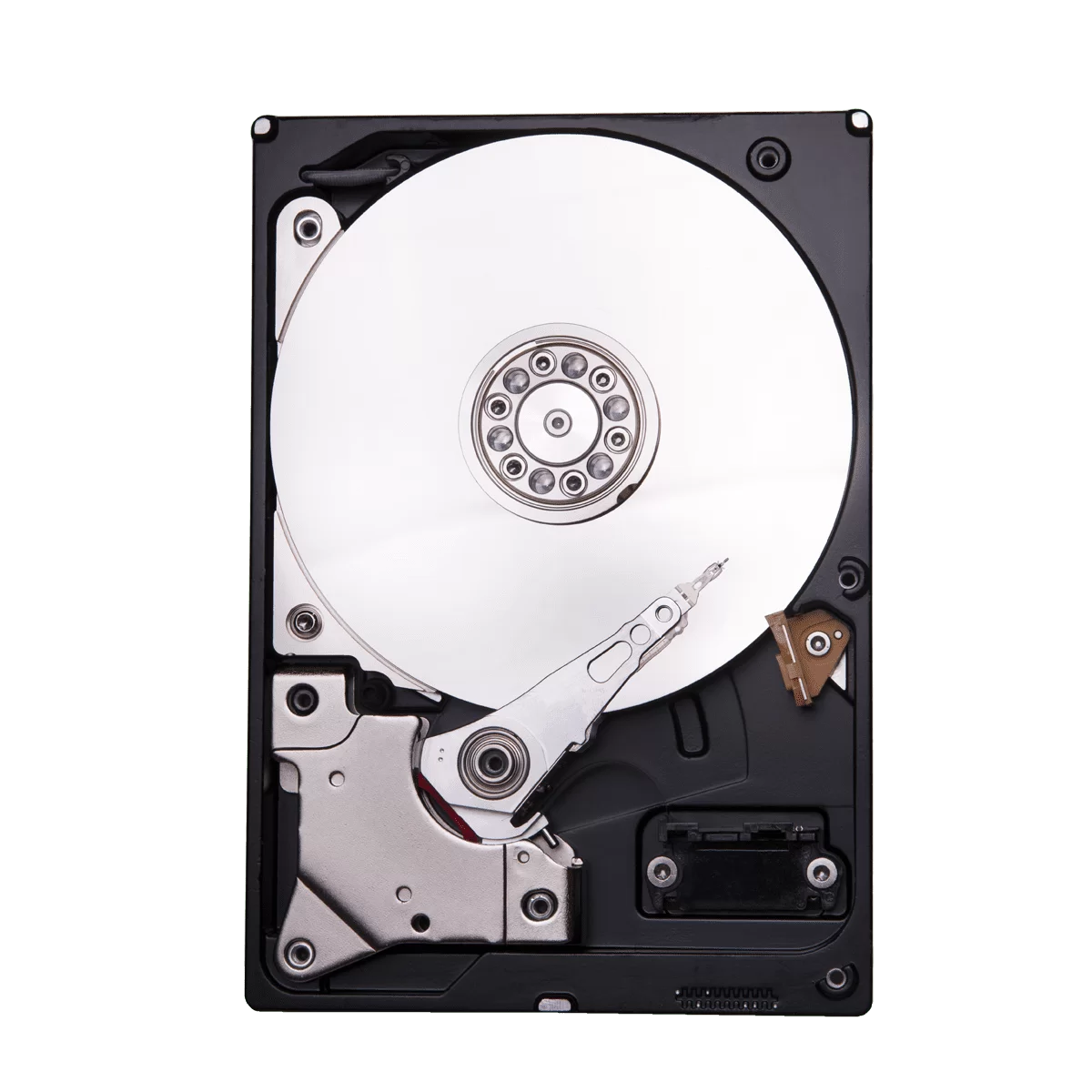
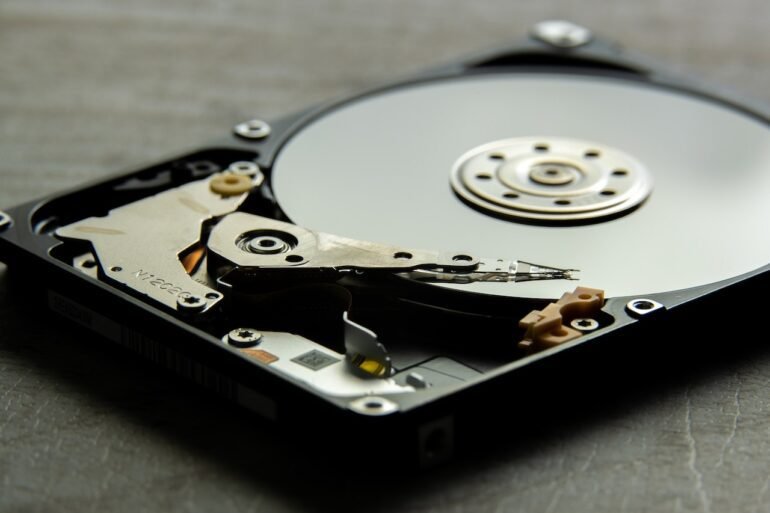


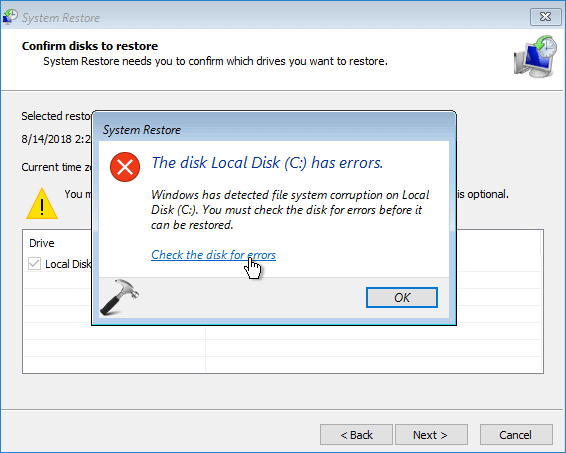
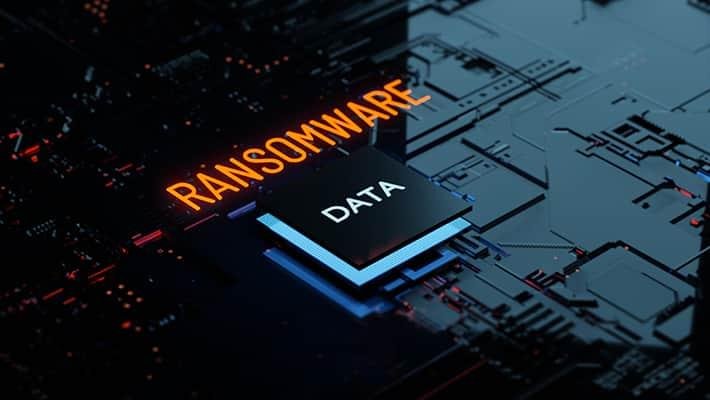
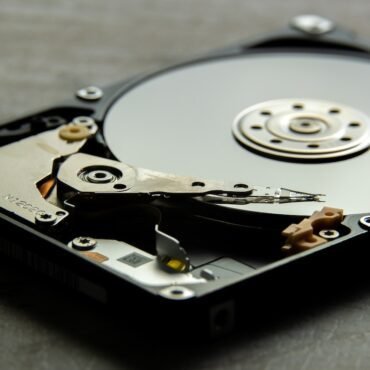
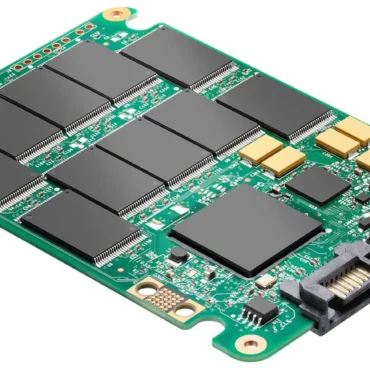
Post comments (0)